Are you upgrading your windows to replace old, dated or rotting ones, or do you want to improve the appearance, security and energy efficiency of your home? Whether you’re replacing old windows or planning to create new openings, it’s important to understand when planning permission for windows may be required and if changes fall under Permitted Development (PD) rights.
At Door and Window Experts, we’ve reviewed the most likely window replacement projects and the key rules to help you make informed decisions before starting any window or door project.
Planning permission for windows – always check with your local authority.
It is usually the case that you won’t usually require planning permission to replace the windows in your home. The typical exceptions to this is if your home is a listed building, in a conservation area, or is a home within leasehold restrictions.
The advice is always to check with your local authority.
Replacing Your Existing Windows: Do You Need Permission?
In most cases, replacing existing windows with similar designs does not require planning permission. If your new windows match the original ones in size, colour, and overall appearance, and the property is a house (not a flat or maisonette), the work can usually go ahead under Permitted Development.
You may also change the material, such as switching from timber to timber-look uPVC—provided the visual effect remains consistent with the originals.
However, there are exceptions. Flats do not benefit from the same PD rights. For leasehold properties, you’ll also need permission from the freeholder—even for like-for-like replacements.
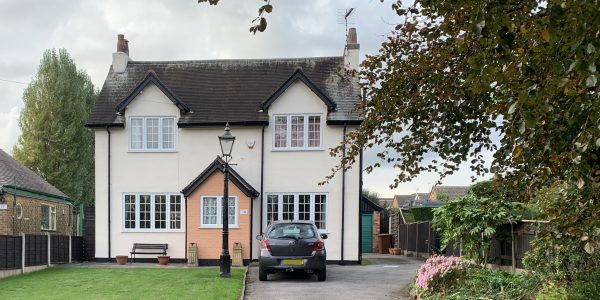
Conservation Areas and Listed Buildings
If your property is in a designated area such as a Conservation Area, National Park, Area of Outstanding Natural Beauty, or if it is listed, you must seek formal consent before changing any windows.
Listed Building Consent is always required for listed properties, and unauthorised changes can be a criminal offence.
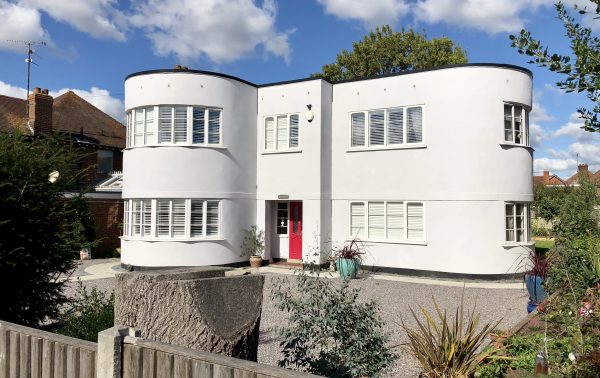
Windows for New Openings
Creating a new window opening may fall within Permitted Development rights, but this depends on the location, design, and impact of the change.
If your new windows are at the back of the house, then typically this should be fine, but check with your Local Authority. Windows at the front of your home, facing the ‘highway’, usually require planning permission.

New Bay Windows
If you are changing regular windows to projecting bay windows, then separate rules apply for these, as they can be treated as extensions. New bay windows at the front of your house will need planning permission.
Replacing existing bay windows falls under the replacement of existing windows, and planning permission for windows is not required.
You may find more flexibility with new bay windows for the back or the side of your home, but again, do check with your local authority.
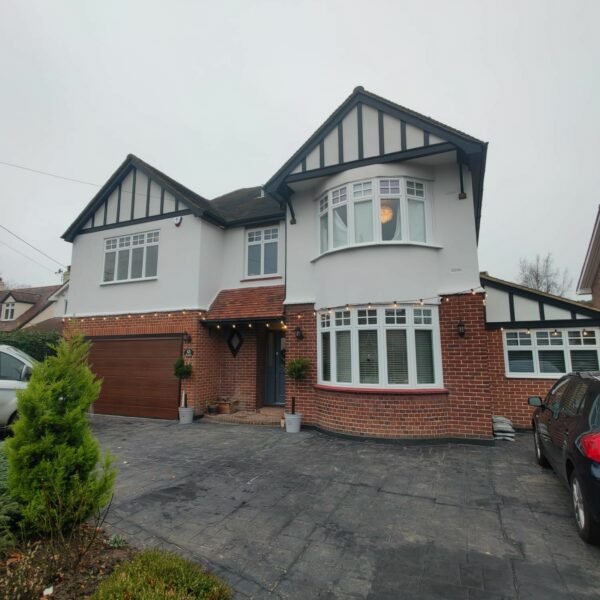
Unusual Window Configurations
Perhaps you are looking to go bold with your new windows and create unusual window designs, shapes or colours.
In this scenario, your windows are more likely to require approval for a significant change in the window layout or appearance.

Changing a Window to a Door
Converting a window into a door—commonly done when installing bifold or sliding doors at the rear of the property, beside existing windows—may be permitted without planning permission.
However, changes to the front elevation are far more likely to require consent. Regardless of planning status, any structural alteration like this must meet Building Regulations, and you’ll need approval from either a competent installer or Building Control.
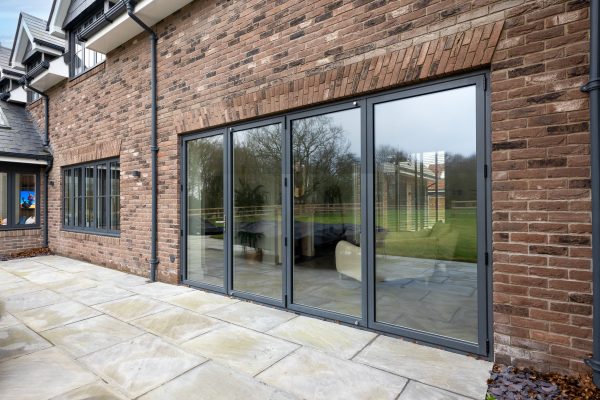
Windows on the side of a house
Fitting a new window on a side elevation is allowed under PD in many cases, but there are specific privacy rules, which are designed to protect the privacy of your neighbours.
Any side-facing window on an upper floor must be fitted with obscure glazing.
The window should not open if the bottom edge is less than 1.7 metres from the floor inside the room.
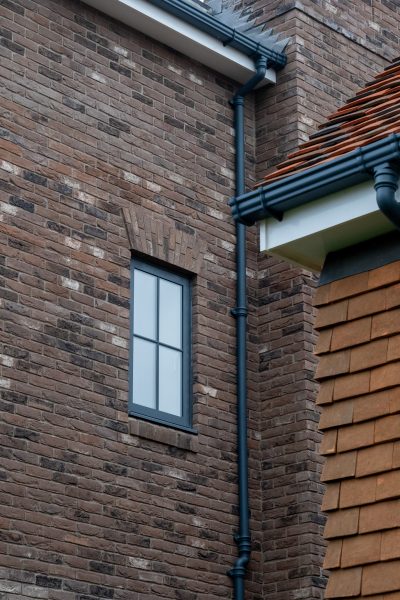
Upgrading your glass in existing windows
There are many early generation uPVC, aluminium and timber windows with original single glass or basic double glazed units. Upgrading the glass only to higher-performance new units, such as double or triple glazing, doesn’t need planning permission.
However, restrictions apply in Conservation Areas and listed buildings, where maintaining the external appearance is critical. Some councils may even restrict the thickness of glazing that can be used. This is especially the case in sash windows.
If original glazing cannot be replicated, such as historic stained-glass windows, secondary glazing may be a suitable alternative. This non-permanent solution improves thermal and acoustic insulation without altering the building’s appearance.
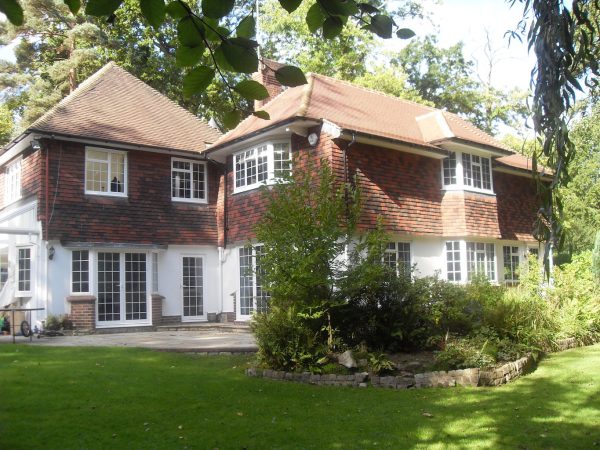
Building Regulations and Window Installation
Regardless of planning permission, Building Regulations always apply when replacing or installing windows and doors. To comply:
- Use a FENSA or CERTASS registered installer who can self-certify the work.
- Or arrange for Building Control to inspect and sign off on the installation.
- If the work forms part of a larger renovation project, Building Control may already be involved in overseeing the broader scope of works.
How much does it cost to get planning permission?
For householder applications, the fee for alterations or extensions to an existing single dwelling house (excluding flats) is £528.00. If the proposed works are within or along the boundary of the property (also excluding flats), the fee is £262.00.
These rates are from 1 April 2025, planning application fees in England which will follow the updated regulations set out in ‘The Town and Country Planning (Fees for Applications, Deemed Applications, Requests and Site Visits) (England) Regulations 2012’, incorporating all amendments up to that date.
Fees must be paid at the time an application is submitted.
If you’re unsure which fee applies to your project, it’s best to contact your Local Planning Authority for clarification.
Uncertain? Take These Steps Before You Begin
If you’re unsure whether planning permission for windows applies to your proposed changes:
- Contact your local planning authority to clarify your position.
- Consider applying for a Certificate of Lawful Development. This formal confirmation that your works fall within PD can be especially useful when selling the property later on.
- Remember, even if permission is granted, conditions may be attached, and these must be followed to the letter.
Final Advice from Door and Window Experts
Whether you’re installing like-for-like replacements, upgrading to energy-efficient glazing, or planning to reconfigure your entire window layout, it’s essential to check both planning permission for windows and regulatory requirements before starting work. We can help
At Door and Window Experts, we specialise in guiding homeowners, installers, and developers through the technicalities of fenestration and putting you in touch with the right windows and doors from the proper suppliers. If you’re unsure about your next steps or need help finding a professional to assist with planning or installation, get in touch with us today.
Further Reading to help you:
- Planning Permission for Conservatories
- Planning Permission for a Porch
- Building Regulations for Windows and Doors
- FENSA vs CERTASS vs ASSURE.
Featured image courtesy of CBP – expert window and door installers in Wiltshire






